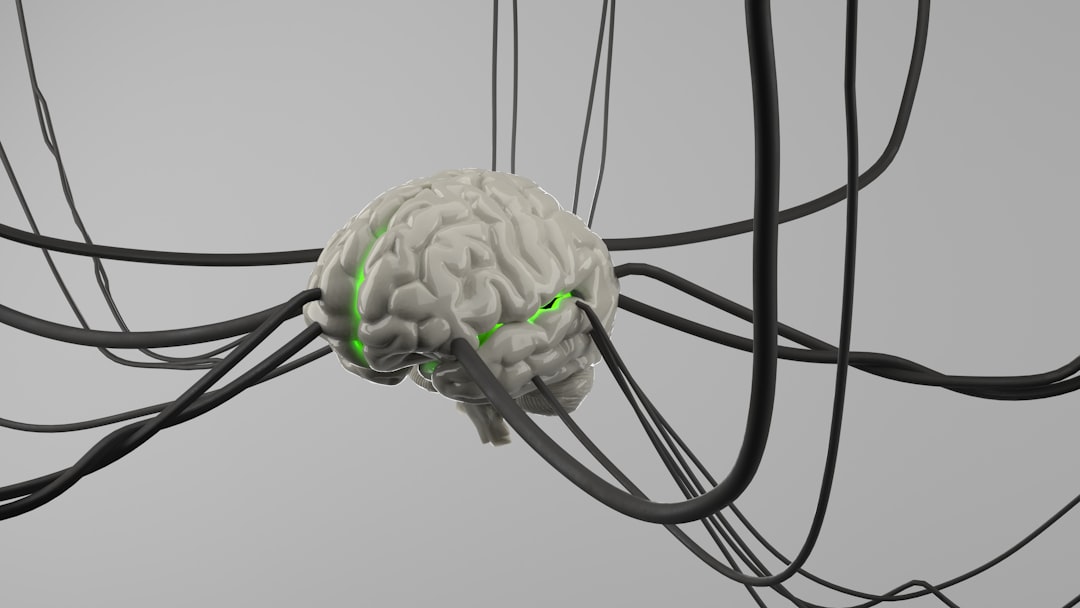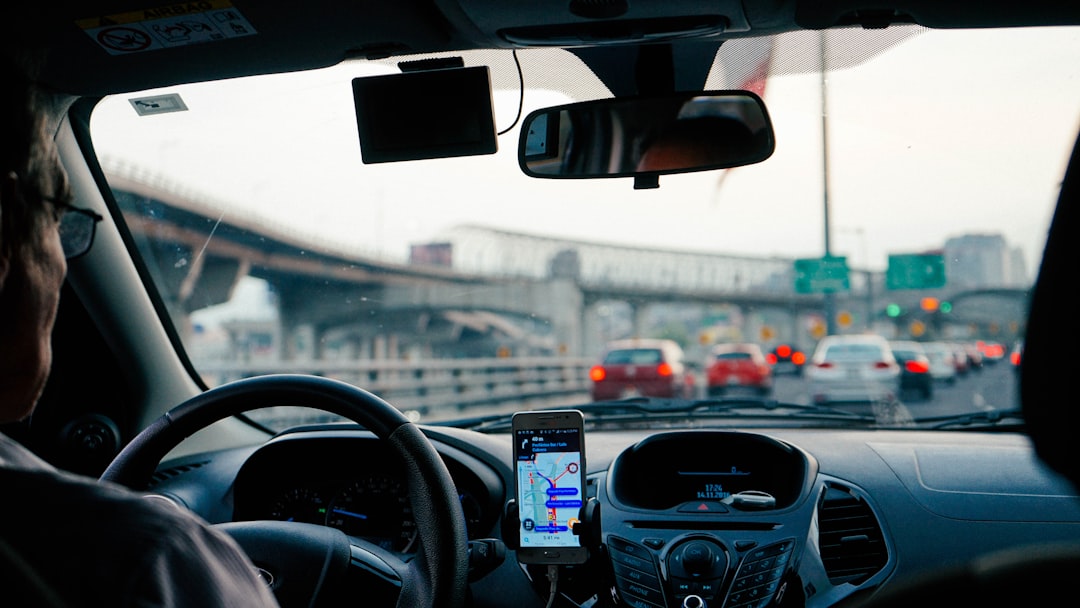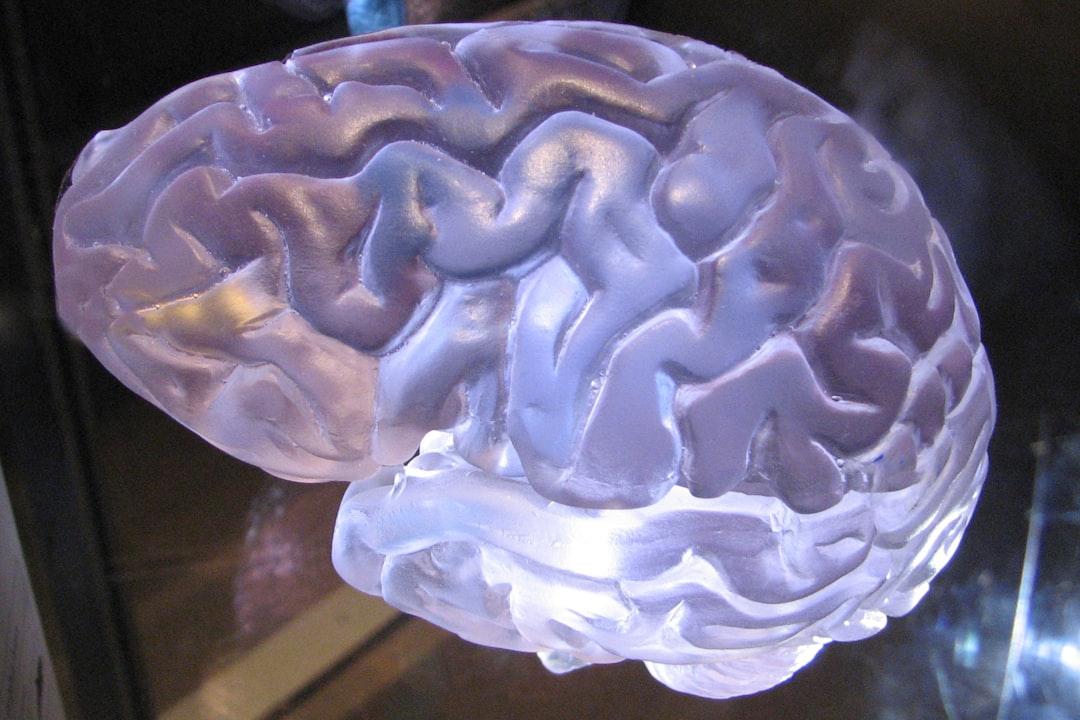Your brain operates like an iceberg, with the vast majority of its processing power hidden beneath the surface of consciousness. While you consciously navigate through your day making deliberate choices, there’s an invisible force orchestrating nearly every move you make.
Studies suggest that a significant portion of our daily actions are influenced by subconscious processes. This means your morning coffee ritual, the route you take to work, and even how you respond to stress are largely guided by this hidden mental powerhouse. Understanding these subconscious influences can transform how you approach habit formation and personal change.
Your Brain Creates Mental Shortcuts to Save Energy

Your subconscious mind acts like a sophisticated autopilot system, constantly working to make your life more efficient. Much of what you do on autopilot – reaching for snacks when stressed, checking your phone repeatedly, or even how you approach work – arises from subconscious patterns that allow you to navigate the world efficiently without the need for constant decision-making.
Think about how you brush your teeth or drive a familiar route. These behaviors allow you to do certain things on autopilot so that your brain is not overtaxed by concentrating on each brushstroke and countless tiny adjustments of the steering wheel. Your subconscious essentially automates these routines, freeing up valuable mental resources for more complex tasks that require your full attention.
Emotional Memories Drive Your Automatic Responses

Your subconscious serves as a vast storage facility for emotional experiences that shape your current behavior. The subconscious mind is a reservoir of past experiences, learned behaviors, and emotional responses that process information below the level of conscious awareness, influencing your actions in ways you might not even recognize.
Consider why you might feel anxious in certain social situations or drawn to specific types of people. Your subconscious stores emotional memories, influencing how you react in different situations – if someone had a bad experience with public speaking, their subconscious may trigger anxiety before stepping onto a stage. These stored emotional patterns act like invisible guidelines, steering your choices before you even realize you’re making them.
This process happens so quickly that you might find yourself reacting to situations without understanding why. Your emotional memory bank is constantly cross-referencing current experiences with past ones, triggering responses that once served to protect you or bring you pleasure.
Context Cues Trigger Habitual Behaviors

Habits are context dependent; they strengthen through repetition and associations with cues from the surrounding environment such that their expression becomes dependent on the relevant cues. Once habits form, the perception of the cue is sufficient to automatically trigger the response.
Your morning alarm doesn’t just wake you up – it activates an entire sequence of behaviors you’ve programmed into your subconscious. The sight of your coffee maker triggers the brewing ritual, while walking past a gym might spark thoughts of working out (or guilt about not exercising).
These environmental triggers work so seamlessly that you barely notice them operating. Your subconscious mind has created mental maps that connect specific locations, times, and situations with corresponding behaviors. This is why changing your environment can be so effective when trying to break old habits or establish new ones.
First Impressions Form in Milliseconds

Your subconscious evaluates people at lightning speed, making crucial social judgments before your conscious mind catches up. Research from Princeton shows that humans can make rapid initial judgments about traits like trustworthiness within a fraction of a second when meeting someone. In 1/10 of second, people decide whether they can trust them, will like them and if they are competent.
Your subconscious can sort through past experiences, memories, facial cues, body language, and tons of other information faster than your conscious mind can process them. This is why our first impressions are correct. Your brain instantly compares new faces to your vast database of previous encounters, making rapid assessments about safety, compatibility, and social dynamics.
Much of our communication processing occurs below conscious awareness, with first impressions forming very rapidly. This means that long before you exchange words with someone, your subconscious has already begun forming opinions that will influence the entire relationship.
Pattern Recognition Guides Your Daily Decisions

Your brain is constantly scanning for patterns, using this information to predict outcomes and guide behavior. This invisible form of processing is known as subconscious pattern detection that helps you make decisions, interpret your surroundings, and avoid danger – all without you realizing it’s happening.
You might instinctively brake before the car ahead of you even starts slowing down, or feel tension in a room before anyone speaks. You brake instinctively before the car ahead stops because you picked up on a change in speed or body language. You feel tension in a room before anyone speaks, sensing the mood shift through subtle facial cues or tone changes.
This pattern recognition extends to all areas of your life, from choosing products that feel “right” to sensing when someone might be lying. Your subconscious is constantly scanning input – sights, sounds, smells, and sensations – comparing it to stored experiences and triggering gut feelings before your conscious mind even catches up. What we often call “intuition” is just pattern recognition at high speed.
Your Body Language Operates on Autopilot

Body language often operates below conscious awareness, with research suggesting people may have varying degrees of control over different parts of their body. Someone who might appear interested in talking to you because of a conscious effort to smile might really be telling you they want to leave because their feet are subconsciously turned away from you.
Your posture, gestures, and facial expressions communicate volumes about your internal state without any conscious input from you. This creates what researchers call “leakage” – moments when your true feelings slip through despite your best efforts to control your image.
These unconscious signals don’t just affect others; they influence your own mood and confidence levels. Standing tall naturally makes you feel more confident, while slouching can trigger feelings of defeat or insecurity. Your subconscious mind reads these physical cues and adjusts your emotional state accordingly.
Reward Prediction Shapes Future Behavior

Your subconscious operates like a sophisticated reward prediction system, constantly calculating whether behaviors are worth repeating. The neural autopilot model hypothesizes that habitual choice occurs when the reward from a behavior has low numerical “doubt.” The model toggles between repeating a previous choice (habit) when doubt is low and making a goal-directed choice when doubt is high.
This system explains why some habits stick while others fade away. When your subconscious predicts a reliable positive outcome from a behavior, it automatically steers you toward repeating it. The morning jog that consistently makes you feel energized becomes easier to maintain than the evening workout that sometimes leaves you too tired.
The brain’s reward system contributes to the difficulty of forming new habits through reward prediction error. When the actual reward of a new behavior falls short of the expected reward, motivation declines sharply, leading people to abandon their efforts prematurely. Your subconscious is constantly recalibrating these predictions based on your experiences.
Stress Accelerates Habit Formation

During stressful periods, your subconscious mind shifts into a more automated mode, making you more likely to fall back on established patterns. This survival mechanism helped our ancestors react quickly to threats, but in modern life, it can reinforce both helpful and harmful habits.
When you’re overwhelmed at work, you might find yourself automatically reaching for comfort foods or scrolling social media without conscious decision-making. Research indicates that stress can influence habit formation patterns, with the habit system becoming more dominant under these conditions.
Understanding this tendency allows you to prepare for stressful periods by consciously establishing positive routines beforehand. When stress hits, your subconscious will default to whatever patterns are most deeply ingrained, making it crucial to have good habits in place before you need them most.
Your Social Environment Programs Your Subconscious

The subconscious mind works in the background like an operating system, receiving and storing data and later making sense of it by helping create circumstances and experiences that match the dominant information it has accumulated. The people you spend time with, the media you consume, and the conversations you engage in all become part of your subconscious programming.
The vast majority of people have the same thoughts, conversations, worries, and stress levels daily, spending time with the same people who likewise have the same experiences. As a result, they continue to view the world through a lens conditioned through habits and behaviors, sometimes passed down by family members or influential people.
This means that changing your social environment can be one of the most powerful ways to reprogram your subconscious mind. Surrounding yourself with people who embody the habits and mindset you want to develop gradually shifts your own automatic patterns in that direction.
Your subconscious mind is neither your enemy nor your servant – it’s your constant companion, working tirelessly to keep you safe and efficient. By understanding these nine ways it , you gain the power to work with this system rather than against it. The key isn’t to fight your subconscious programming but to intentionally shape it through awareness, repetition, and strategic environmental design.
What aspects of your daily routine do you now recognize as subconscious patterns? Share your insights in the comments below.

Jan loves Wildlife and Animals and is one of the founders of Animals Around The Globe. He holds an MSc in Finance & Economics and is a passionate PADI Open Water Diver. His favorite animals are Mountain Gorillas, Tigers, and Great White Sharks. He lived in South Africa, Germany, the USA, Ireland, Italy, China, and Australia. Before AATG, Jan worked for Google, Axel Springer, BMW and others.



